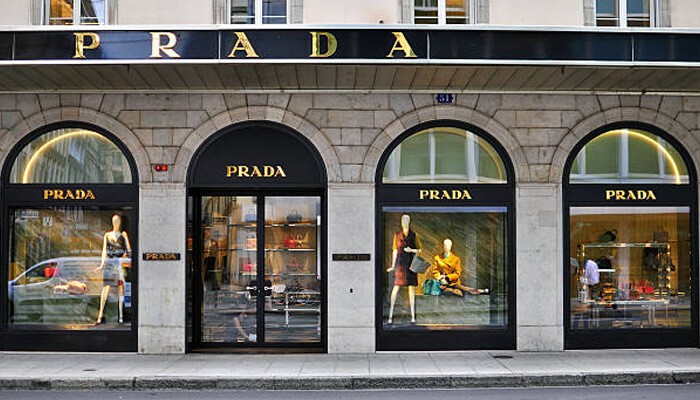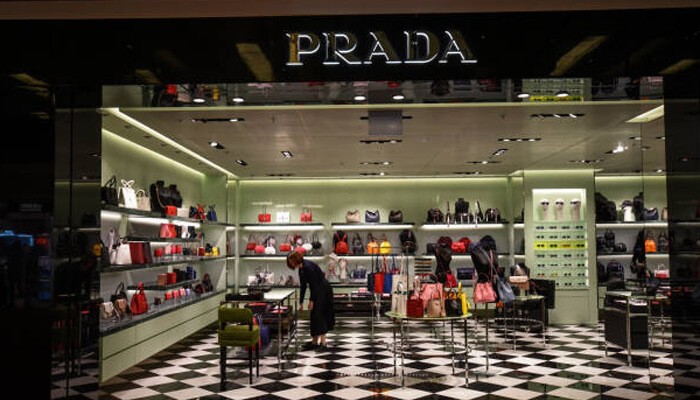Numerous well-known companies that fall into two categories—luxury and wallet-friendly—are prevalent in the world of fashion. There are a number of popular, widely accessible, and reasonably priced brands, but only a select number of luxury labels are really regarded as timeless classics. Prada, a high-end fashion brand established by Mario Prada in the Italian city of Milan in 1913, is one of those everlasting classics.
The Prada name will continue to be in demand for many years to come because of its strong brand identity.
Miuccia Prada, the creative force behind the brand, introduced innovative designs that challenged traditional notions of luxury, often incorporating unconventional materials and minimalistic aesthetics. This uniqueness set Prada apart and attracted a niche clientele seeking distinctive luxury goods.
Fashion leadership is somehow synonymous with Prada. Its success was not an accident. It was well-planned and executed at various stages. There are many factors that helped Prada stamp its name in the fashion industry:
1. Minimalistic aesthetic
Prada’s designs often embrace a minimalistic and understated aesthetic, which resonated with consumers looking for luxury that wasn’t overtly flashy. This approach appealed to those who preferred subtle elegance and sophistication over ostentation.
2. Breaking traditional norms
Miuccia Prada’s willingness to challenge traditional norms of fashion and luxury contributed to the brand’s success. She introduced items like nylon backpacks and tote bags, which were unexpected for a luxury brand at the time. This willingness to take risks and defy conventions helped Prada stand out and generate interest.
3. Focus on materials
Prada’s use of unconventional materials, such as nylon, contributed to its distinctiveness. This allowed the brand to create products that were durable, functional, and stylish—characteristics that appealed to a wider range of consumers.
4. Exclusive distribution
Prada maintained a strategy of limited distribution, meaning its products were not overly accessible. This exclusivity created a sense of desirability and heightened the brand’s luxury image. Prada carefully selected its retail locations and partners, ensuring that its products were available in prestigious and fashionable settings.
5. Marketing and branding
Prada invested in strong branding and marketing efforts. The brand’s logo and signature black nylon became iconic symbols associated with luxury and style. Additionally, Prada’s campaigns often featured high-profile models and photographers, further enhancing its image.
6. Expansion into multiple categories
Prada expanded its product offerings beyond clothing into accessories, footwear, fragrances, and eyewear. This diversification helped the brand capture a larger share of the luxury market and cater to different consumer preferences.
7. Digital engagement
Digital engagement played a significant role in Prada’s success in the luxury industry. He recognized the importance of the online landscape early on and established a strong digital presence. He effectively utilized social media platforms to showcase its products, runway shows, and behind-the-scenes content. The brand engaged with its audience on platforms like Instagram, Facebook, and Twitter, sharing captivating visuals and interacting with followers. Prada also collaborated with influential fashion bloggers, influencers, and celebrities to extend its reach and connect with a broader audience.
He embraced the digital realm by hosting virtual fashion shows and events. This allowed the brand to adapt to the changing landscape of fashion presentations, especially during times when in-person gatherings were limited. By streaming runway shows online, Prada expanded its audience globally and created an inclusive experience for fashion enthusiasts around the world.
He used digital tools to enhance customer engagement and personalization. The brand collected data and insights to tailor its marketing efforts and recommend products to individual customers based on their preferences and browsing history.
8. Global expansion
Prada strategically expanded its presence globally, opening flagship stores in key fashion capitals like Milan, New York, and Tokyo. This enabled the brand to tap into international markets and attract a diverse clientele.
The Bottom line
Prada’s success in the luxury industry can be attributed to its combination of innovation, unconventional approach, attention to quality, strong branding, and strategic expansion. These factors have enabled Prada to maintain its position as a globally recognized and respected luxury brand.



